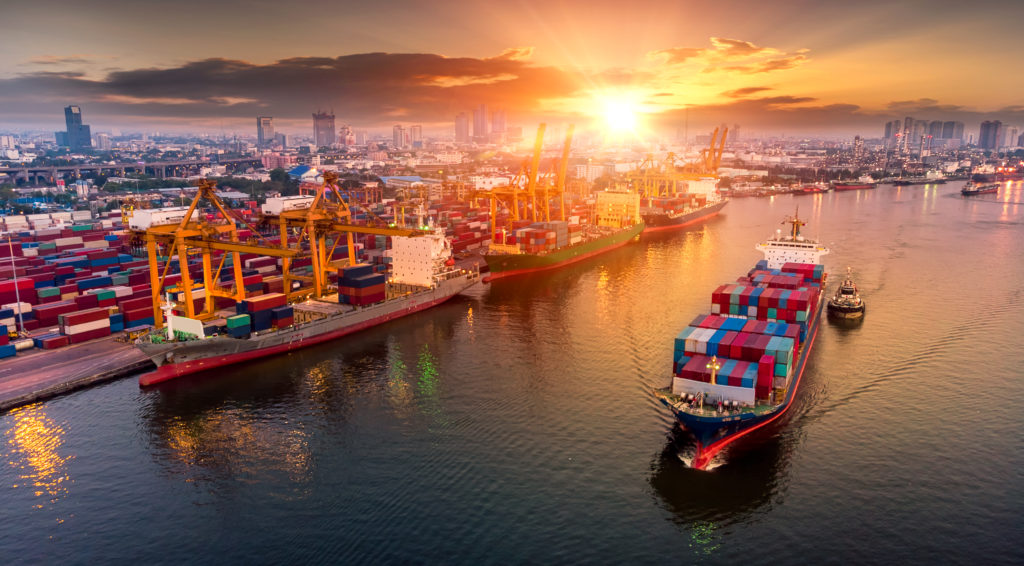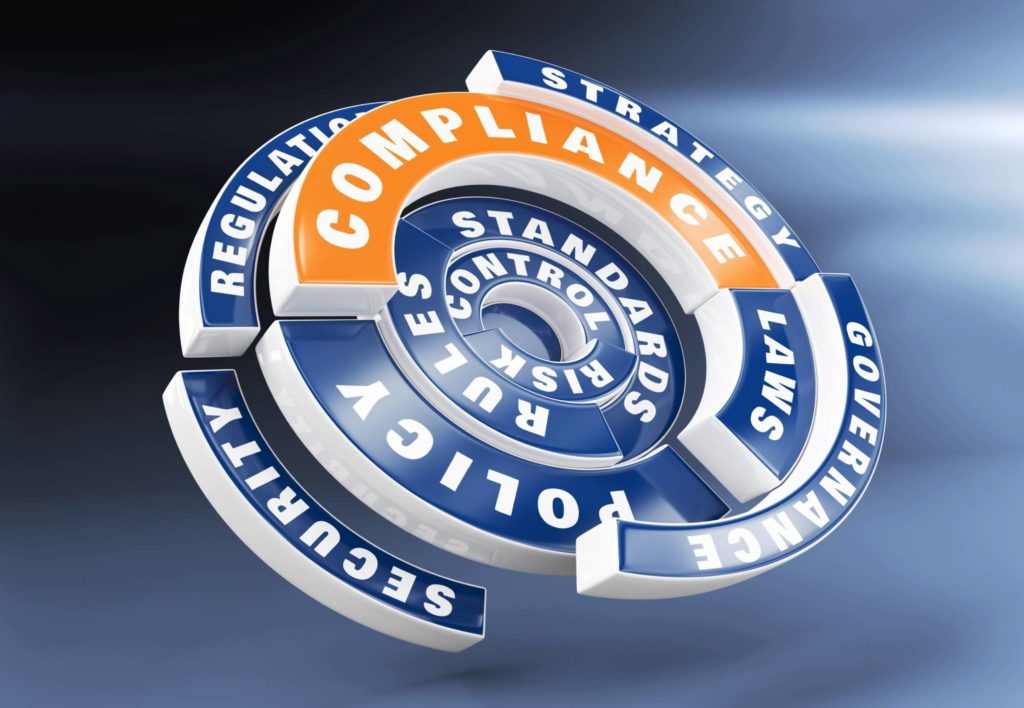Ultimate Consignee
Ultimate Consignee
Who is the Ultimate Consignee?
The “ultimate consignee” refers to the person or entity that is the final recipient of a product or goods being shipped or exported from one country to another. This could be a company, an individual, or a government entity, depending on the nature of the goods being shipped and the purpose of the shipment. The ultimate consignee is typically designated on shipping documents and is responsible for receiving and using the goods in accordance with any applicable laws and regulations.
The U.S. Customs and Border Protection (CBP) requires to identify the ultimate consignee at the time of entry or release. A primary purpose of the ultimate consignee requirement is to enable CBP to have knowledge of both the person to whom and the place where the imported merchandise is going in the United States.
The ultimate consignee at the time of entry or release is defined as the party in the United States to whom the overseas shipper sold the imported merchandise.
If at the time of entry or release the imported merchandise has not been sold, then the ultimate consignee at the time of entry or release is defined as the party in the United States to whom the overseas shipper consigned the imported merchandise.
If the merchandise has not been sold or consigned to a U.S. party at the time of entry or release, then the ultimate consignee at the time of entry or release is defined as the proprietor of the U.S. premises to which the merchandise is to be delivered.
In-Depth Coverage: Country of Origin
- Country of Origin of Imported Merchandise
- Customs Ruling: Country of Origin
- Country of Origin: Food Products
- Country of Origin: Chemical and Pharmaceutical Products
- Country of Origin & Country of Manufacture: CBP vs. FDA
- Country of Origin: Substantial Transformation or Country of Assembly Test
- Country of Origin and Free Trade Agreement
- Country of Origin and Section 301
For formal entries, neither a nominal consignee, who is defined as a carrier, express consignment operator, freight forwarder, or consolidator, nor a customs broker may be listed as the ultimate consignee.
However, there are exceptions: if the customs broker owns the goods, or if there is no known U.S. buyer and the accompanying documents show that goods will be delivered to the customs broker’s premises, then the customs broker may be listed as the ultimate consignee.
The rule is similar for nominal consignees: if a nominal consignee owns the goods, or if there is no known U.S. buyer and the accompanying documents show that the goods will be delivered to the nominal consignee’s premises, then the nominal consignee may be listed as the ultimate consignee; nevertheless, a nominal consignee may not be identified as the importer of record.
A non-resident of the United States may be the ultimate consignee only for merchandise entered under subheading 9813.00.35 or 9813.00.50, HTSUS.
For merchandise which is temporarily imported under the Harmonized Tariff Schedule (HTS) subheading 9813.00.35, or for merchandise which is temporarily imported under subheading 9813.00.50, a nonresident of the United States may be identified as the Ultimate Consignee.
In-Depth Coverage: Importing Medical Device
Example 1
In instances when a U.S. Company places a consolidated order with an overseas shipper to fill orders placed by the U.S. Company’s individual customers (i.e., direct sales/just-in-time inventory), the Ultimate Consignee for Customs purposes is the U.S. Company regardless of whether the imported merchandise will be sent to a distribution center owned by the U.S. Company or sent directly to the individual customers. This is because the U.S. Company is the party who purchased the imported merchandise from the overseas shipper.
Example 2
In instances when individual customers place their orders directly with the overseas shipper and the overseas shipper consolidates the orders and sends one shipment to a distributor in the U.S. or directly to the individual customers, for Customs purposes, the Ultimate Consignee is the individual customer. This is because the individual customer is the party who purchased the imported merchandise from the overseas shipper.
Example 3
In instances when a U.S. Company places an order with a foreign supplier who in turn places an order with another foreign supplier to be entered into the United States delivered, duty paid for the account of the U.S. Company, for Customs purposes, the Ultimate Consignee is the U.S. Company. This is because the U.S. Company is the party who purchased the imported merchandise from overseas.
In-Depth Coverage: Marketing and Advertising Compliance
- Federal Trade Commission (FTC) Advertising Rules
- Made in USA Standard
- FTC Regulation on Environmental Claims
- Adverting and Marketing on the Internet
- Label Claims for Conventional Foods and Dietary Supplements
- Dietary Supplement Advertising: What is FTC's Truth-in-Advertising Law?
- USDA Country of Origin Labeling (COOL)
- FTC Rules & Regulations on Food Advertisement
In-Depth Coverage: Cosmetics Import Requirements
Example 4
In instances when a U.S. Company places an order with an overseas shipper and then sells the goods to a second U.S. Company in a domestic transaction prior to the importation, for Customs purposes, the Ultimate Consignee is the first U.S. Company. This is because the first U.S. Company is the party who purchased the imported merchandise from the overseas shipper.
Example 5
In instances when an unsold shipment is being imported for and delivered to a trade show and the importer of record is foreign, for Customs purposes, the Ultimate Consignee is the proprietor of the trade show location. In other words, since the merchandise has not been sold or consigned to a U.S. party at the time of entry or release, the Ultimate Consignee is defined as the proprietor of the U.S. premises to which the merchandise is to be delivered.
Example 6
In instances when an entry is made listing one party as the importer of record for a consolidated shipment, the appropriate identification number for the Ultimate Consignee must be submitted for each separate and distinct shipment within the consolidated shipment (See T. D. 94-39 Examples). This is because each shipment has a different party who purchased the imported merchandise from the overseas shipper.
In-Depth Coverage: USDA-Regulated Products
- Importing USDA-Regulated Food Products
- Import Regulation by USDA Agricultural Marketing Service (AMS)
- Food Products – FDA or USDA Regulated
- Country of Origin Labeling
- Importing Animals, Animal Products, and Biologics into the US
- Importing Meat, Poultry, and Egg Products into the US
- Labeling and Marking of Imported Meat, Poultry, and Egg Products
- USDA National Organic Program (NOP)
- Agricultural Safeguards and USDA Licensing
In-Depth Coverage: Trade Remedies
In-Depth Coverage: Importing Food Products
- What is FDA Food Safety Modernization Act (FSMA)?
- Prior Notice of Imported Foods
- FDA Food Facility Registration
- Risk-Based Preventive Controls for Human Food
- Risk-Based Preventive Control for Animal Food
- Protect Food against Intentional Adulteration
- What is Foreign Supplier Verification Program (FSVP)?
- What is FSMA Produce Safety Rule?
Design your own logistics
To move your cargo from its current location through customs to its final destination we will partner with you to find the best way for your business.
Customs Clearance and Import Requirements
- Entry of Imported Merchandise
- What is Section 321 Entry?
- What is Automated Commercial Environment (ACE)
- What is an Automated Broker Interface (ABI)?
- Who is Ultimate Consignee?
- What is Non-Resident Importer Program?
- Country of Origin of Imported Merchandise
- What is the Country of Assembly?
- What is the FDA's Country of Manufacture?
- Marking of Country of Origin on U.S. Imports
- What is Customs Bond?
- Reconciliation Prototype and Bond Rider
- Who Needs a Customs Broker?
- What is Customs Ruling Program?
- Classification of Imported Goods
- How is imported merchandise appraised?
- What are Import Quotas?
- What are Trade Remedy Duties?
- Antidumping Duty (AD) and Countervailing Duty (CVD)
- What is Foreign Trade Zone (FTZ)?
- What is Importer Security Filing (ISF)?
- What is Temporary Importation under Bond (TIB)
- What is In-Bond Process?
Guidance on customs & logistics solution for traditional and e-commerce importers and exporters
Importer Security Filing (ISF)
An ISF is required when cargo (ocean only) laden on vessel at a foreign port is destined for shipment to the U.S. Under ISF rule, some importing information and details regarding cargo must be transmitted to the CBP at least 24 hours before goods are loaded onto the vessel.
Customs Clearance
All goods imported into the U.S. are required to be declared to CBP. Our customs broker will help you stay in compliance with customs laws and regulations and clear your goods quickly and efficiently with our electronic Automated Commercial Environment (ACE) and Automated Broker Interface (ABI) Single Window System.
Freight Forwarding
Looking for a freight forwarding partner? To move your cargo from its current location through customs to its final destination we will partner with you to find the best way for your business. Whatever your transportation, logistics or customs clearance needs, we will do our best to customize a solution for your needs.
Warehousing & Distribution
Our warehouse facility offers great potential for serving as a regional hub with over 145,000 SF storage capacity close to Los Angeles Airport & Los Angeles/Long Beach Sea port. With our extensive experience in freight services, your import/export cargo will be handled quickly and effectively.
Section 321 Entry
Section 321 entry allows importing free of duty and tax for shipments imported by one person on one day having a fair retail value in the country of shipment not more than $800. We provide our resident and non-resident clients with dedicated ACE eManifest solutions for Section 321 entry of all modes of transportation.
E-Commerce
The Internet has made it easy to find and purchase items from almost anywhere in the world. Our e-commerce experts will help you find the right solution for your international transportation, customs clearance, and delivery to your final destination. We also provide value-added repackaging, warehousing and distribution services.
Non-resident Importer Program
If you want to sell your products in U.S. marketplaces, but you are a business owner located outside of the U.S. and do not have an entity or presence in the U.S., you need to be established as a Foreign Importer of Record before your products can be imported into the U.S. We can help you.
FDA-Regulated Products and Import Requirements
- What is Food Safety Modernization Act (FSMA)?
- Prior Notice of Imported Foods
- Food Facility Registration
- Risk-Based Preventive Controls for Human Food
- Risk-Based Preventive Control for Animal Food
- Standards for the Growing, Harvesting, Packing, and Holding of Produce for Human Consumption
- What is Foreign Supplier Verification Program (FSVP)?
- Protect Food against Intentional Adulteration
- FDA Regulated Product in Foreign Trade Zone (FTZ)
- Entry Review Process for FDA Regulated Products
- Country of Origin VS Country of Manufacture
- Foods Regulated by FDA or USDA: What is the Difference?
- Label and Labeling Claims for Conventional Food and Dietary Supplements
- What is USDA Country of Origin Labeling (COOL)?
- Import for Export of FDA Regulated Products
- FDA Regulated Products in Personal Baggage or Sending by Mail or Courier
- International Mail Facility (IMF) and FDA Regulation
- Importing Biological Product Regulated by CBER
- Importing Cosmetics and Voluntary Cosmetic Registration Program (VCRP)
- Importing Drugs into the U.S.
- Importing OTC Drugs into the U.S.
- Importing Veterinary Drugs into the U.S.
- Importing Tobacco Products into the U.S.
- Importing Medical Devices into the U.S
- Importing Food Products into he U.S.
- Importing Radiation-Emitting Products into the U.S.



















